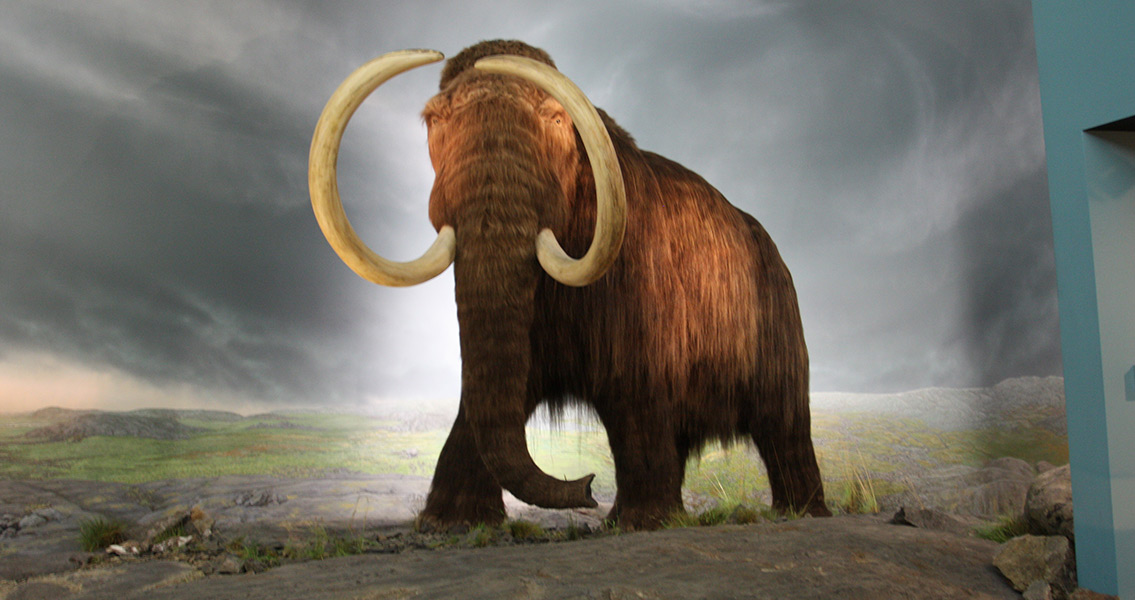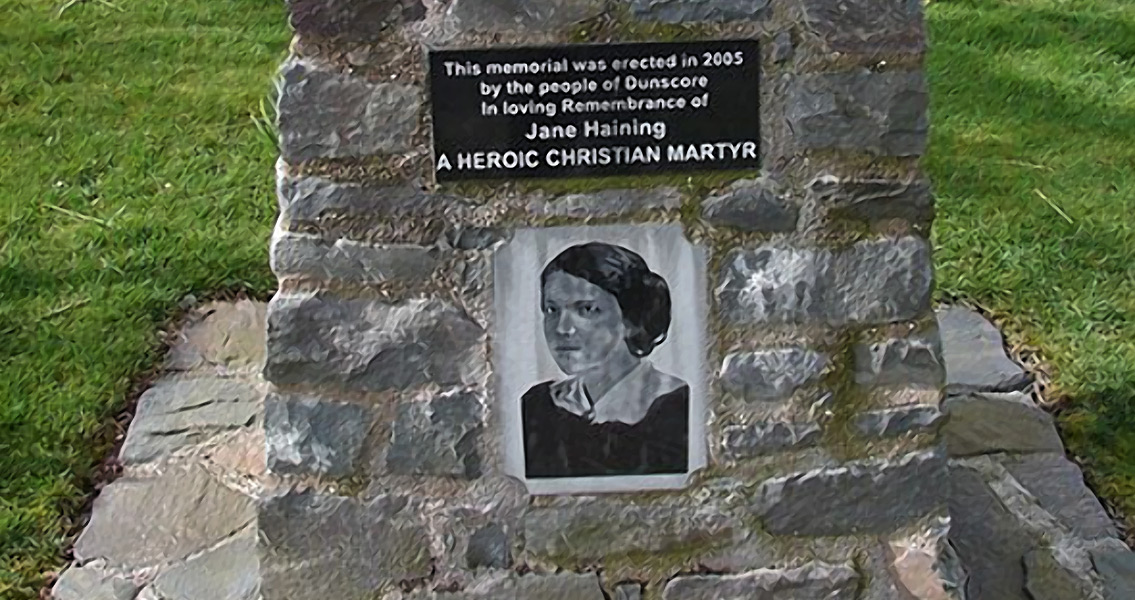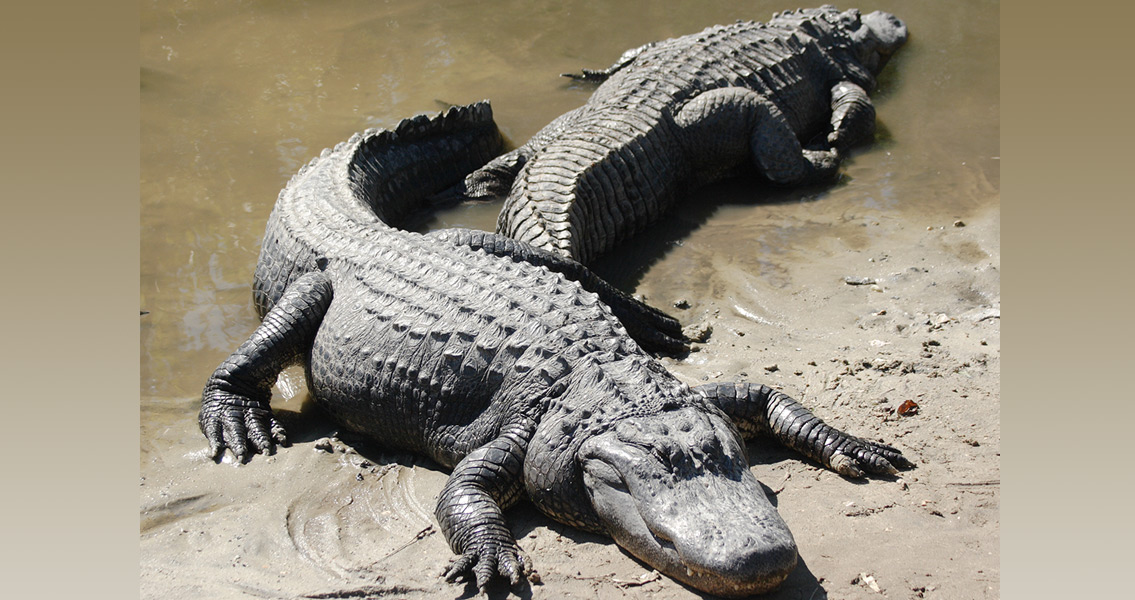The Mammoth Site who worked with the national park team, called the fossil “spectacular-looking”. He added that it was one of the best mammoth skulls he had ever seen himself – and that he had seen many good mammoth skulls during his professional career. The fossil was first discovered by national park biologist Peter Larramendy in 2014. The sharp-eyed scientist spotted one of the skull’s tusks jutting out from a canyon wall, prompting an investigation and excavation. Based on radiocarbon dating of nearby charcoal samples conducted by the US Geological Survey, the fossil is thought to be about 13,000 years old. This timeline puts the mammoth living concurrently with Arlington Man: a set of remains discovered on Santa Rosa Island in 1959 which potentially represent the oldest known human skeleton yet to be found in North America. However, now that the mammoth skull has been fully excavated for analysis, the mystery has deepened instead of becoming clearer. Wilkins says the species the mammoth belongs to is uncertain, as it does not fit the profile of the pygmy mammoth, a species of mammoth that lived on the Channel Islands and grew to about six feet tall. The pygmy mammoth was an evolutionary offshoot of the larger, 14-foot-tall Columbian mammoth, which was common across the North American continent at the time. The solution to this mystery may be revealed through a study of the skull’s fossilized teeth. Doing so could help scientists determine the age of the creature before it died. It also has the potential to reveal the genetic makeup of the mammoth, placing it more decisively in either the Columbian or the pygmy bloodline. There is the possibility of a third result, as the mammoth skull could represent a transitional species between Columbian and pygmy mammoths – evidence of the evolutionary adaptation to a smaller habitat as it was selected as an advantageous trait. The likelihood of this being the case seems low, however. The next stop for the fossilized skull will be the Santa Barbara Museum of Natural History. Once it arrives, it will be properly preserved and studied before being put on display and made available to the general public. The second-largest island of the Channel Islands, Santa Rosa is approximately 26 miles from the city of Santa Barbara. During the last Ice Age, Santa Rosa and the surrounding islands were one solid landmass only five miles off the coast, making it relatively easy for large animals such as the Columbia mammoth to migrate to the island. Later, the island would come to be inhabited by a maritime Paleocostal population of early humans that are thought to have been the progenitors of the native Chumash people who resided on the island until being displaced by white settlers. ]]>







